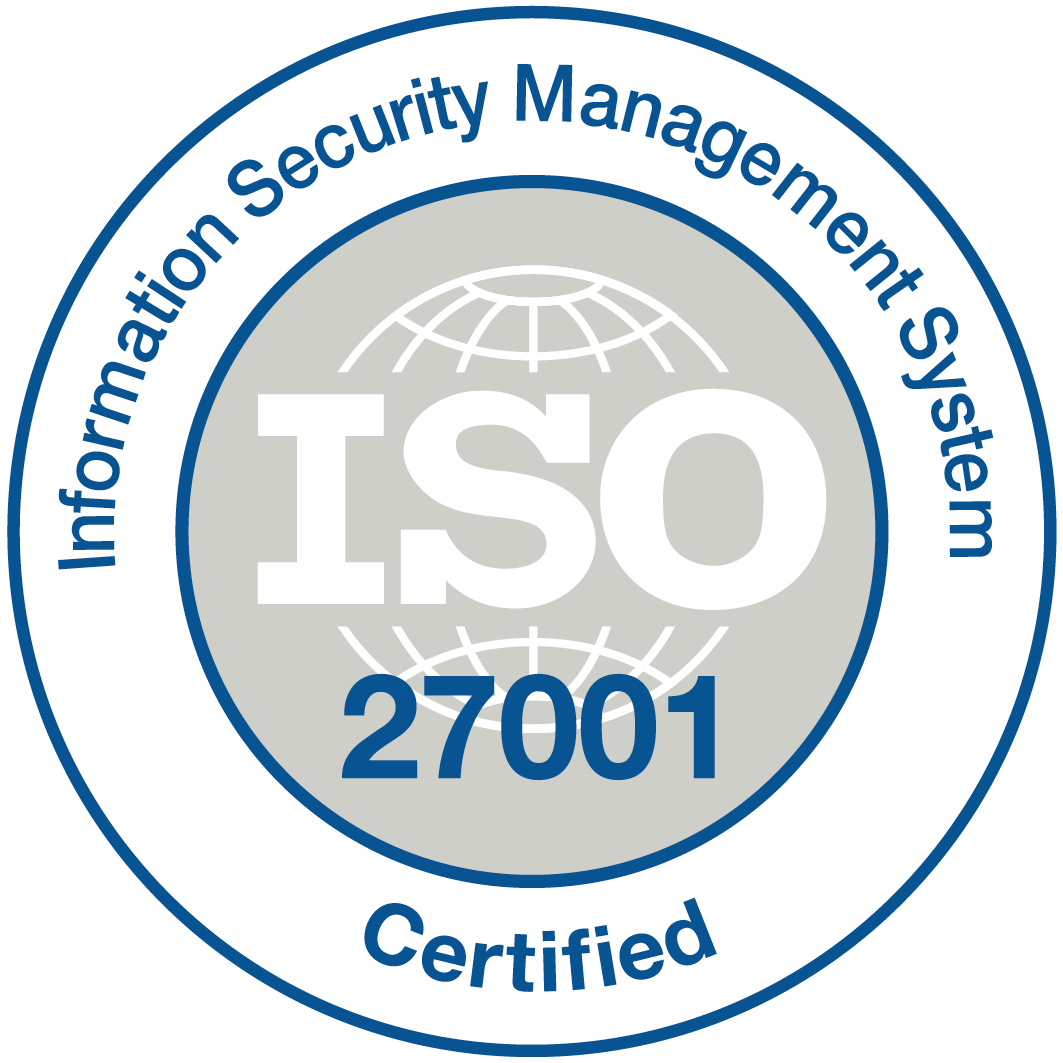
Hotel Management Software: Customise your Solution to Maximize Profits
Reading Time: 10 minutesManaging a hotel involves countless responsibilities, from reservations to ensuring excellent guest experiences. Balancing these tasks can be challenging, especially in today’s competitive hospitality industry. This is where tailored hotel management software becomes a game-changer. Customised hotel management software offers a solution that automates processes, streamlines operations, and helps you focus on delivering exceptional service.

Remote Workforce Management 101: The Ultimate Comprehensive Guide
Reading Time: 12 minutesRemote work is a trend that’s here to stay. Nearly 62% of employers reported resistance from employees asked to return to the office. Surprisingly, only 21 per cent of those have reviewed their policies to embrace remote work. Rather than compelling reluctant employees back, adopting remote workforce management software enables higher productivity, flexibility, and engagement.

Effective Human Resource Planning: 6 steps to success
Reading Time: 12 minutesHuman resource planning is critical to organizational success as it helps align the workforce with the company’s goals and objectives. The business process involves forecasting the future HR needs of an organization and developing strategies to meet those needs. It is different from human resource management, which is focused on managing the day-to-day HR operations

Top 7 Powerful Customizable Project Management Tools to Look Out for in 2025
Reading Time: 14 minutesIn 2025, businesses are prioritizing flexibility, automation, and seamless collaboration more than ever. With projects becoming increasingly complex and teams operating across different locations, customizable project management tools are essential for adapting to unique workflows and industry-specific needs. From drag-and-drop automation to AI-powered insights, the latest tools are designed to streamline operations, enhance productivity, and

What Is Customised Workflow Management Software? Benefits & Key Features Explained
Reading Time: 8 minutesIs your business struggling with disorganized workflows, slowing productivity and blocking growth? Do you know the global workflow management system market will be valued at $22.84 billion in 2025? And it is projected to reach approximately $307.64 billion by 2034, growing at a CAGR of 33.5% over the forecast period. But are you still automating

How Quixy Can Help You Build Custom Digital Process Automation Software?
Reading Time: 9 minutesCustomization, flexibility, scalability, integration capability, change management, and data security are some concerns you may have when implementing digital process automation software. Since you should not neglect these concerns, you can look for DPA tools that address them. One of the tools you can look at is Quixy, which offers multiple integration options and follows strict

5 ways to drive Process Improvement in your Organization
Reading Time: 9 minutesProcess improvement is extremely important, as it leads to the elimination of redundancies and bottlenecks that lead to productivity and deadline issues. It requires a proper identification of business requirements of processes and evaluating the scope of improvement. In a highly competitive business environment, process improvement is crucial for organizations to stay a step ahead.

Go Paperless with Forms Automation: RIP Paper Based Forms
Reading Time: 7 minutesWe grew up amidst paper-based products, but in the back of our heads, we always knew that we were doing wrong. Sadly, it wasn’t until the late 2000s that we actually started doing something drastic as forms automation. These numbers are astounding and a wee bit disturbing as well. According to a survey conducted by

20 Essential Features in Workflow Management System
Reading Time: 12 minutesImagine a typical day at work. Everything in the organization is going at a usual pace. Now, the production manager raises a requirement for a new type of raw material. The demand goes straight to the purchasing department, which gets transferred to the finance department for budget approval. And finally, the order is placed. However,

From Paper to Digital: 9 Simple Steps for a Successful Digital Procurement Strategy
Reading Time: 6 minutesWith the vast array of technology solutions available, it can be daunting to find out where to begin. However, with a solid digital procurement strategy in place, businesses can gain a competitive edge, streamline their operations, and achieve significant cost savings. As businesses continue to embrace digital transformation, procurement processes have become an integral part













